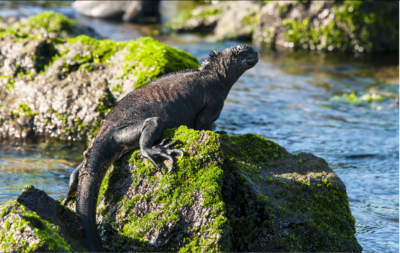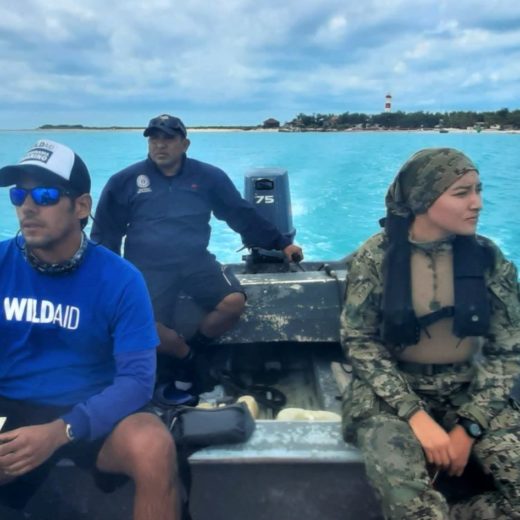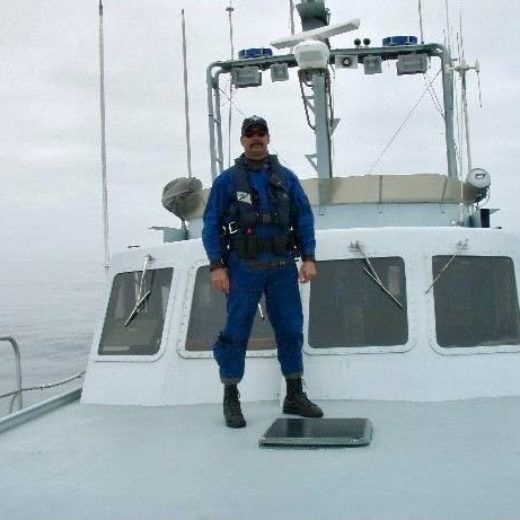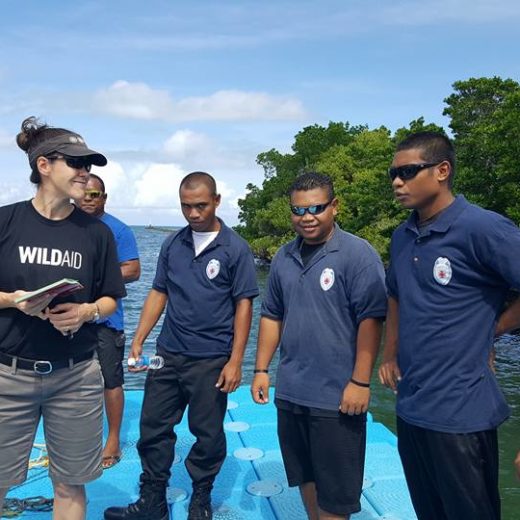
WildAid Marine has been working with both the Galapagos National Park Service (GNPS) and Ecuadorian Navy for nearly 20 years to strengthen marine surveillance and enforcement in the Galapagos Marine Reserve (GMR). Given our long-standing presence in the country, we feel it is important to address what is taking place outside of Ecuador’s sovereign waters with regard to the presence of a Chinese fishing fleet.
Foreign fishing fleets, including Chinese fleets, have fished seasonally on the high seas in this area of the world for decades. The presence of such a large fleet outside the boundaries of Ecuador’s EEZ is not a new occurrence. As in previous years, we can expect the Chinese fleet to eventually leave this region and continue their trajectory South.


According to satellite imaging data provided by our in-country enforcement partners, the Chinese fishing fleet is currently located 200 nautical miles south of the Galapagos in international waters outside of Ecuador’s Exclusive Economic Zone (EEZ). This is confirmed by open-source platforms like Global Fishing Watch (see image above).
In recent years, the evolution of remote surveillance technology and the availability of open-source fisheries monitoring platforms have enabled the general public to gain significantly more insight and awareness into the presence and activities of fleets fishing on the high seas. WildAid Marine is inspired by the new level of public awareness around this issue and we are hopeful that this collective energy can be channeled to drive action at the international level.
We believe the sudden attention to the issue of fishing on the high seas presents an important opportunity to advocate for improved regulatory compliance and fisheries management on the high seas. Management of the high seas requires broad regional and international cooperation and we strongly support the continuation of these discussions at the United Nations, Inter-American Tropical Tuna Commission, and South Pacific Regional Fisheries Management Organisation. The world’s fisheries will be better served if we can channel the current collective energy into holding international bodies accountable for protecting the high seas.
In the meantime, both the GNPS and Navy continue monitoring the Galapagos Marine Reserve (GMR) and Ecuador’s EEZ using satellite-based AIS (supported by WildAid Marine) that allows officials to remotely monitor all large vessels in and around the Reserve. The GNPS continues to operate its patrol fleet within the GMR and the Navy has dispatched two additional Corbett patrol vessels and an airplane for aerial surveillance. Thus far, the authorities report no incursions into sovereign waters, which stands as a testament to the strong surveillance and enforcement of the Galapagos National Park and Marine Reserve.
Over the years, WildAid Marine, partners (Conservation International, WWF, and Sea Shepherd), and the GNPS have made significant improvements to the Park’s marine surveillance and enforcement strategies and infrastructure. Working together, we procured satellite vessel monitoring systems (VMS and AIS) that remotely survey 100 percent of the Reserve, established patrolling strategies to cover the most threatened areas, acquired patrol equipment and uniforms, trained rangers and park managers, hosted peer-to-peer exchanges and regional workshops for other countries in Latin America, improved prosecution rates for environmental crimes, and much more. These advancements in marine surveillance and enforcement have helped to make the GMR one of the best protected marine areas on the planet. Poachers and illegal fishers understand the grave consequences of entering the Reserve and we applaud our Ecuadorian partners for their efforts to deter illegal fishing within their sovereign waters.
WildAid Marine remains committed to supporting our partners in Ecuador to maintain high-quality marine surveillance and enforcement in the Galapagos Marine Reserve in order to ensure the long-term protection of the Galapagos Islands and the marine species that call them home. In addition, we will continue to facilitate the adoption of consistent laws, information sharing, and the exchange of best practices throughout Latin America to strengthen regional fisheries management and cooperation in the region.
Stay in touch and get the latest WildAid updates.
SIGN UP


